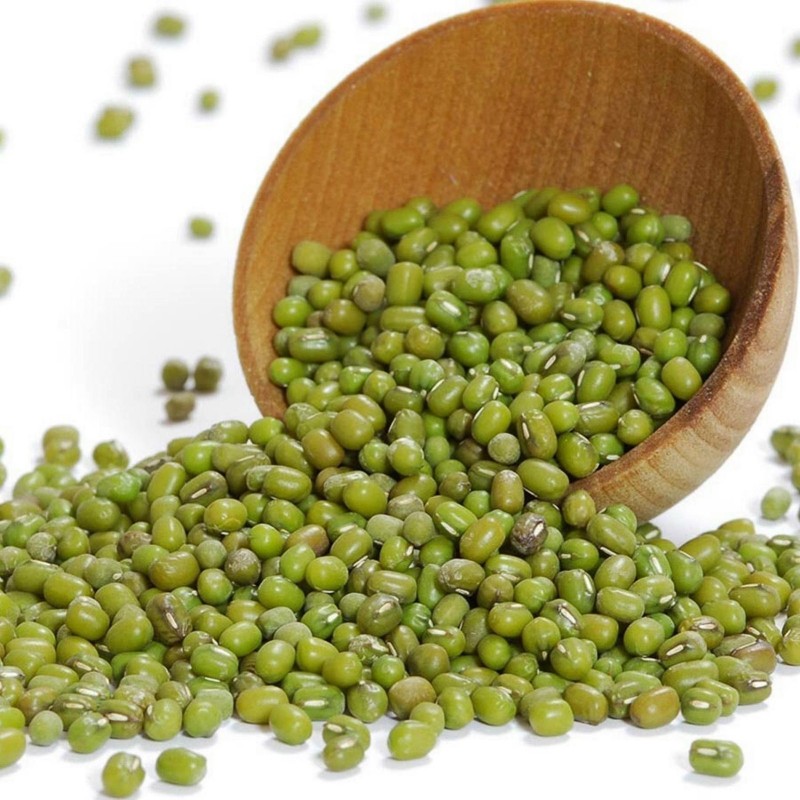Mung Beans: A Gift from Nature for Healthy Digestion
Green legumes have long been valued as a superfood, not just in their native homeland but around the world. They are tiny, verdant legumes packed with nutritional benefits that offer numerous health benefits, particularly when it comes to maintaining a healthy digestive system. With their mild fiber content and simple to digest proteins, mung beans provide a natural aid for supporting a balanced digestive system.
In the past few years, the interest of mung beans has surged, leading to an increase in mung bean production facilities that produce a variety of products, including sprouted beans to legume flour. These healthy legumes are both versatile in culinary applications but additionally rich in nutrients and minerals essential for optimal digestive health. Adding mung beans into your meal plan can be a simple yet impactful way to enhance your overall digestive function and overall well-being.
Dietary Advantages of Mung Beans
Mung beans are filled with essential nutrition that enhance to overall well-being and well-being. They are an superb source of proteins, making them a great plant-derived option for those seeking to satisfy their daily protein needs. With about 24 grams of protein per cup when cooked, mung beans provide a considerable amount that can aid muscle growth and repair. Additionally, they contain an array of nutrients and essential minerals, including vitamin B9, magnesium, and potassium, which perform critical roles in various physiological functions.
These tiny legumes are also high in dietary fiber, which is beneficial for digestive health. A individual serving of mung beans provides a significant amount of fiber, facilitating regular bowel movements and preventing constipation. This high fiber helps support gut health by favoring the growth of beneficial bacteria in the digestive system. Moreover, this fiber can assist in controlling blood sugar levels by delaying digestion and absorption, making mung beans a fantastic choice for those dealing with diabetic conditions.
Mung beans are reduced in calories and fat content, making them a wise addition to a balanced diet. Their nutrient-rich profile means that you can enjoy them in multiple dishes without worrying about excessive calorie consumption. Furthermore, the antioxidants found in mung beans, such as flavonoid compounds and phenolic compounds, contribute to their beneficial properties. These substances may help protect against inflammatory responses and oxidative stress, which enhance the total health advantages of incorporating mung beans into your recipes.
The Mung Bean Growing Process
The path of mung beans from field to plate begins with meticulous cultivation. Mung beans thrive in hot climates, requiring drainage-friendly soil and a bright environment to grow. Farmers typically get ready for the fields by turning over the soil and ensuring the proper pH levels. Once the circumstances are optimal, mung beans are planted in lines, creating for adequate spacing and ventilation. This careful planting ensures that the plants get sufficient nutrients and sunlight, which are essential for healthy growth.
As the mung beans develop, they go through various stages of growth. Farmers monitor moisture levels and might implement irrigation systems to ensure that the plants get sufficient water without getting waterlogged. During this development period, insect management is crucial to safeguard the crops from pests and diseases that might reduce yield. After about 60 to seventy days of development, the mung beans are prepared for harvesting, marked by the ripening of the pods.
Once harvested, the mung beans are sent to a mung bean factory for processing. In the facility, the beans undergo cleaning to get rid of any impurities, followed by classification based on size and quality. This ensures that only the best beans are sent to the market. The processing may also include drying, packaging, and even sprouting, facilitating for various product offerings that highlight the nutritional benefits of mung beans. This agricultural process ultimately delivers a nutritious product that supports digestive health and offers many culinary applications.

Green Beans in Dietary Approaches
Mung legumes are a flexible ingredient that can be easily incorporated into a variety of dishes, making them an excellent choice for those looking to improve their digestive health. They can be prepared, germinated, or pureed, allowing for multiple preparations such as broths, mixed greens, and smoothies. Their mild flavor complements a variety of cuisines, enabling people to benefit from their health benefits without sacrificing taste. mung bean supplier to meals can boost nutrient intake while supporting digestive function.
The dietary fiber content in mung beans plays a crucial role in supporting digestive health. High in both soluble and non-dissolvable fiber, they help regulate bowel movements, alleviate bloating, and may prevent irregularity. This fiber acts as a prebiotic, nourishing beneficial gut bacteria, which is critical for supporting a healthy microbiome. As more individuals seek natural dietary solutions, mung beans stand out as an excellent option for enhancing gut health.
In furthermore to their dietary fiber content, mung beans are packed in vitamins and minerals that further support gastrointestinal function. They provide crucial nutrients like magnesium, K, and B9, which contribute to overall digestive well-being. With the growing popularity of nutrient-rich diets, the mung bean factory has become an essential source for these legumes, ensuring accessibility to this nutritious food. Incorporating mung beans into daily meals can lead to better digestion and overall health.